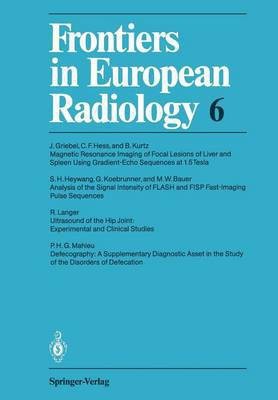Frontiers in European Radiology(English, Paperback, unknown)
Quick Overview
Product Price Comparison
Congenital hip dysplasia and dislocation are common diseases of newborns and small infants, with frequently severe consequences if orthopaedic therapy is not initiated at an early stage. Therefore many clinicians have been looking for a simple method for the investigation of the hip joint in the early neonatal period. Up to 1980 the diagnosis of hip dysplasia could usually not be made before the 3rd month of life, by means of pelvic roentgenography. Only incomplete or complete unilateral dislocations were diagnosed in the neonatal age group. In 1980, however, Graf, an Austrian orthopaedic surgeon, began using ultrasound investigation ofthe hip joint in newborns and small infants in order to make an early diagnosis and to avoid radiation exposure. The intention of the present study was to compare ultrasound of the hip joint with other established diagnostic procedures and to establish whether it is suitable as a screening procedure in newborns. 2 Incidence of Congenital Hip Dysplasia and Dislocation In 1972 Barlow reported that 90 % of hips which are unstable at birth develop to normal joints spontaneously without any therapy. Visser (1984) thus suggested determining the percentage of hip dislocations after the 2nd - 3rd month of life so that children with spontaneous stabilisation would be excluded.


